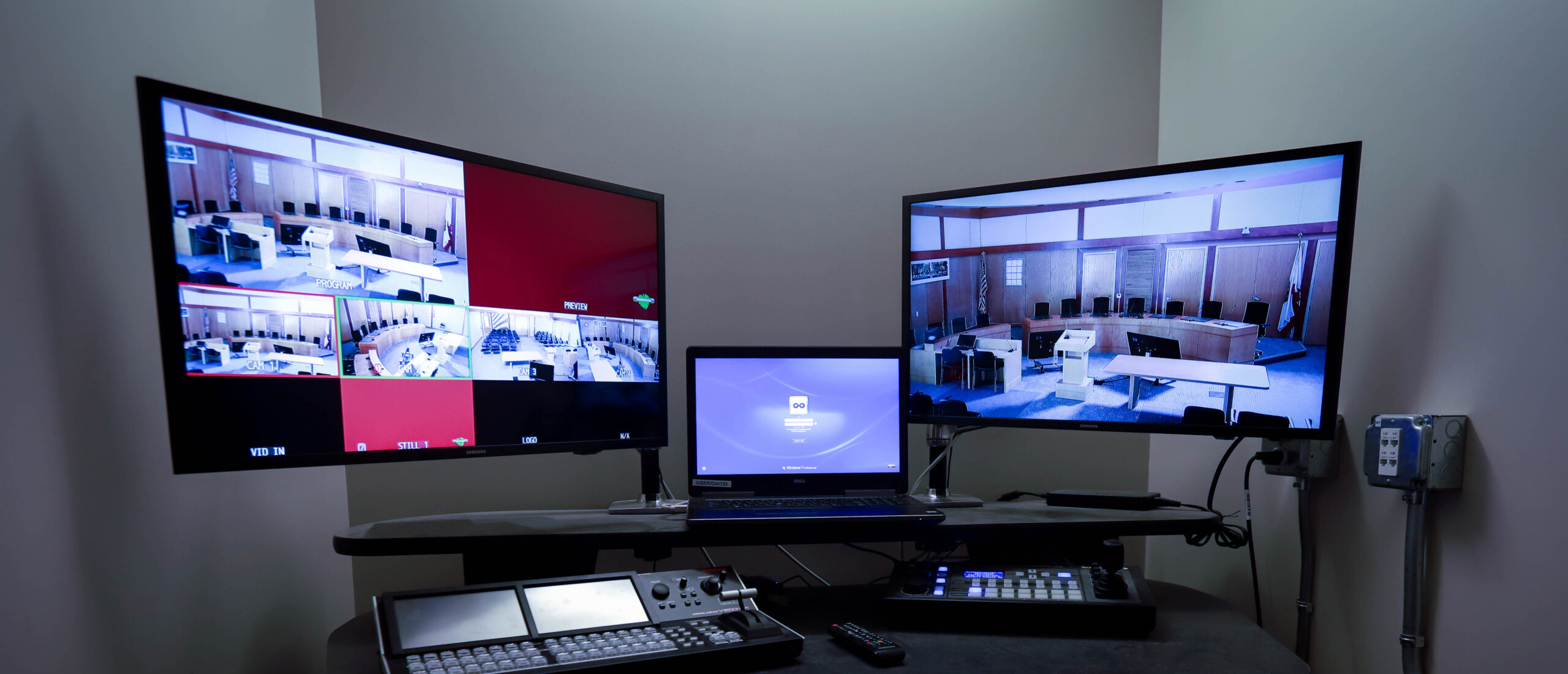Enhancing Sound Quality Via Strategic Speaker Arrangement within Business Spaces
Enhancing Sound Quality Via Strategic Speaker Arrangement within Business Spaces
Blog Article
Maximizing acoustic experience in commercial environments is essential for establishing an inviting and effective environment. Whether it’s in a dining establishment, retail outlet, or workspace, the way sound travels and is experienced can greatly impact client contentment and employee efficiency. Thoughtful speaker positioning holds a crucial part in achieving optimal sound performance. By understanding the principles of sound dynamics and taking into account the design of the space, businesses can improve the complete auditory environment for everyone present.
One of the initial steps in effective audio placement is to assess the dimensions and configuration of the commercial space. Various sections may have unique acoustic characteristics that influence how sound functions. For example, large, open spaces may need more speakers to ensure uniform audio coverage, while compact, enclosed spaces might benefit from less audio units placed strategically to prevent overloading the audience. Additionally, the materials used in the construction of the space, such as partitions, surfaces, and roofs, can influence audio bounce and dissipation. Understanding these factors helps in determining the most suitable positions for audio units.
Another important consideration is the type of sound being broadcast. Ambient tunes in a café, notifications in a retail outlet, or displays in a meeting space all require different audio setups. For instance, in a dining establishment, audio units should be positioned to create a pleasant ambiance without overpowering conversations. In contrast, in a shopping space, audio units may need to be located to make sure that promotional announcements are clearly heard throughout the space. Tailoring the audio positioning to the particular sound needs of the setting can significantly enhance the complete atmosphere.
The elevation and tilt of the audio units also have a major part in audio distribution. Placing speakers at ear level can help ensure that audio reaches the listeners efficiently. Additionally, angling speakers towards the center of the room can help direct sound where it is check out here needed most. This is particularly important in areas with high ceilings, where sound can easily dissipate. By carefully considering the elevation and angle of the audio units, companies can establish a more engaging sound experience that maintains clients engaged and employees focused.
Finally, regular evaluation and adjustment of speaker placement are essential for maintaining optimal sound quality. As the layout of a commercial space changes, or as new furniture and accessories are introduced, the sound characteristics may change. Performing regular evaluations can assist identify any problems with audio coverage and enable for required modifications. By focusing on thoughtful audio positioning and continuous assessment, companies can guarantee that their business environments offer a inviting and pleasant sound atmosphere for all.